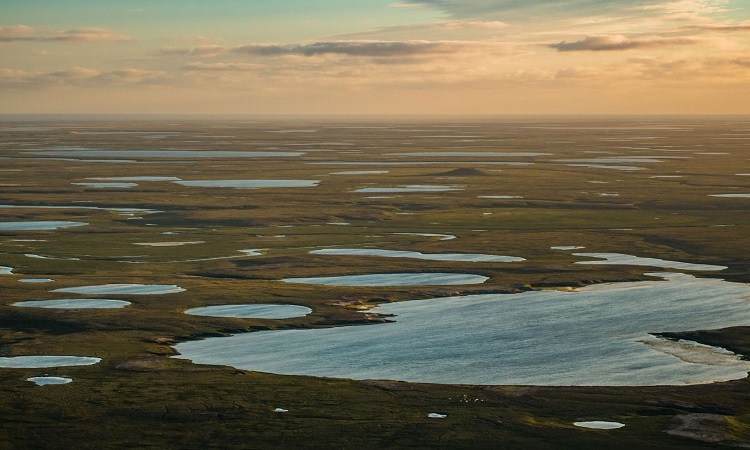A study on the migration of animal and plant species to the poles, due to global warming, suggests that these movements are faster at sea than on land.
It is recognized that global warming implies a redistribution of species across the planet. However, our knowledge of these changes is still limited. In an attempt to better understand these phenomena, French researchers have developed a database listing all the movements of more than 12,000 animal and plant species.
Their work, published in the journal Nature Ecology & Evolution, shows that marine species tend to move 6 km per year towards the poles, while terrestrial animals and plants only advance 1.1 km on average. In other words, we move at sea about six times faster in response to global warming than on land.
By analyzing this data, the researchers observed that all these organisms move along the isotherms, fictitious lines where the temperature remains constant. However, due to the increased temperatures recorded both at sea and on land, these isotherms tend to move towards the poles, taking animals and plants with them.
The most adaptable terrestrial species
For researchers, two points should be emphasized. The first is related to the interaction between the wider thermal safety margin of terrestrial species compared to marine species.
“Some species have a fairly wide climate niche. That is to say, they can easily adapt to temperature variations. This is the case for humans and most mammals. They are called endotherms, “said Jonathan Lenoir of the Jules Verne Picardie University in Amiens to Franceinfo. “Other species, on the other hand, are more dependent on the outside temperature. They have narrow climatic niches. If the temperature changes too much, they will have to move. They are called ectotherms ”.
Assuming that a large part of marine organisms are ectotherms, it therefore seems normal that these species need to move more to survive. “For their part, terrestrial species will rather use the adaptation strategy,” continues the researcher.
Human interference
The second point is related to the more restricted physical environment that lines terrestrial habitats compared to marine habitats, ultimately slowing the movement of terrestrial species in their quest for favorable climatic conditions. Mainly include agriculture and urban planning.
For Jonathan Lenoir, these rapid movements made at sea will necessarily imply a change of resources. “All these people who work in the fishery will have to adapt and catch other fish,” he concludes. Ultimately, the abundance of most marine species will also tend to decline at the equator, where temperatures will eventually become too hot to survive.




